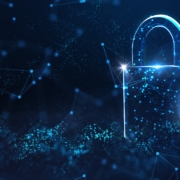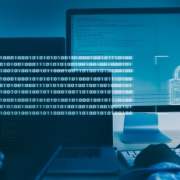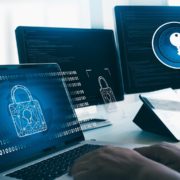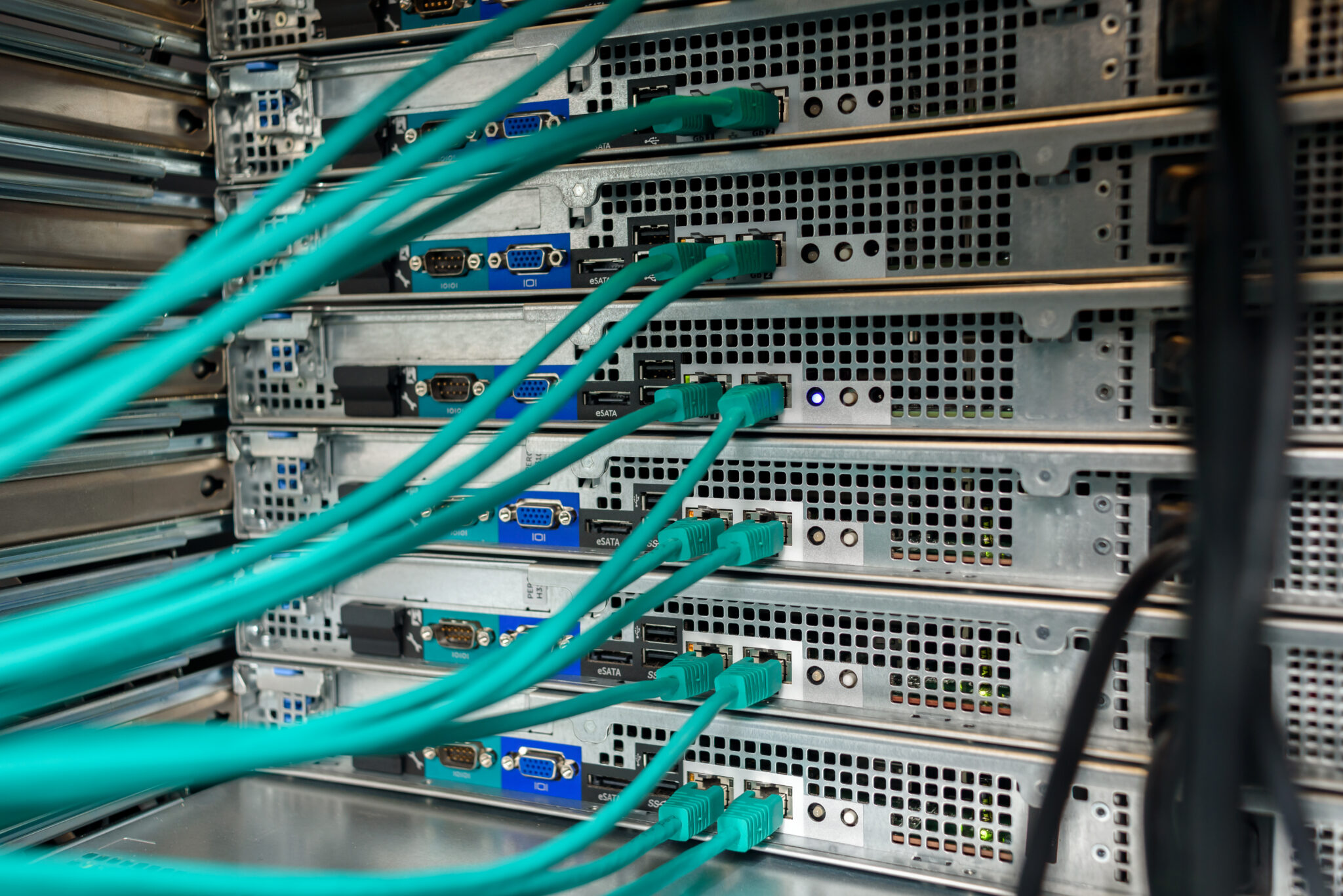The Role of AI in Cybersecurity
In today’s interconnected world, where technology plays a central role in our lives, the need for robust cybersecurity measures has become paramount. Cyber threats are evolving rapidly, posing significant challenges for organizations and individuals alike. To combat these ever-evolving threats, the integration of Artificial Intelligence (AI) has emerged as a powerful tool. Let’s explore the role of AI in cybersecurity and how it is revolutionizing the way we protect our digital assets.
Advanced Threat Detection and Response
One of the primary challenges in cybersecurity is the ability to detect and respond to emerging threats quickly. Traditional security systems rely heavily on predefined rules and signatures, which can be easily bypassed by sophisticated attacks. This is where AI shines. Machine learning algorithms can analyze vast amounts of data, identifying patterns and anomalies that humans might miss. By continuously learning from new data and adapting to evolving threats, AI-powered systems can provide real-time threat detection and response capabilities. From detecting malware and zero-day exploits to identifying suspicious network behavior, AI enables organizations to stay one step ahead of cybercriminals.
Enhanced User Authentication
As our lives become increasingly digital, the need for secure and reliable user authentication methods has grown exponentially. Passwords, once considered sufficient for security, are now vulnerable to hacking and phishing attacks. AI brings innovative authentication methods to the forefront. Biometric authentication, such as fingerprint or facial recognition, is a prime example. By leveraging AI algorithms, these systems can accurately verify a user’s identity based on unique physiological traits. AI can also analyze user behavior patterns to identify anomalies and potential fraudulent activities, enhancing the security of online transactions and access control systems.
Automated Vulnerability Assessment and Patch Management
Organizations often struggle to keep up with the ever-increasing number of vulnerabilities and the pace at which patches are released. This creates gaps in security that cybercriminals can exploit. AI can streamline vulnerability assessment and patch management processes. AI algorithms can automatically scan systems and applications for vulnerabilities, reducing the time and effort required by security teams. Furthermore, AI-powered systems can prioritize vulnerabilities based on severity and potential impact, enabling organizations to allocate resources efficiently. Additionally, AI can assist in automating patch deployment and testing, reducing the window of exposure and minimizing the risk of exploitation.
The role of AI in cybersecurity cannot be overstated. With its ability to detect emerging threats, enhance user authentication, and streamline vulnerability management, AI is transforming the way we approach cybersecurity. However, it is crucial to strike a balance between leveraging AI’s power and addressing the ethical concerns it raises, such as privacy and bias. As technology continues to evolve, embracing AI as a powerful ally in the fight against cyber threats is a proactive step towards a more secure digital future.
SecureWon at its core is a national technology services company. What separates us from other technology service providers is our commitment to providing superior documentation and accurate reporting of your organization’s security posture. This attention to detail and quality of our services is what drives us. Contact us today for a free assessment of your technology infrastructure.











